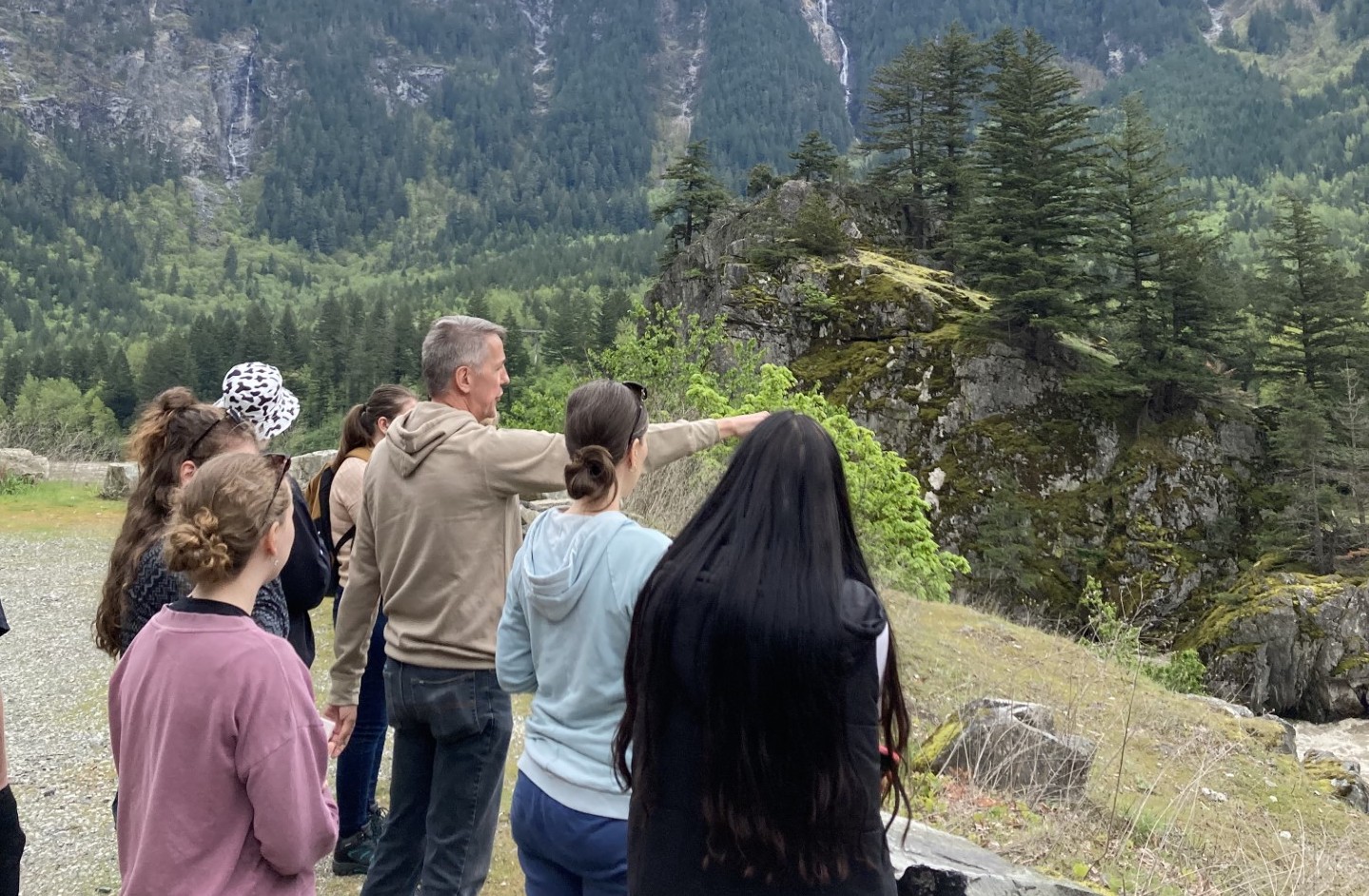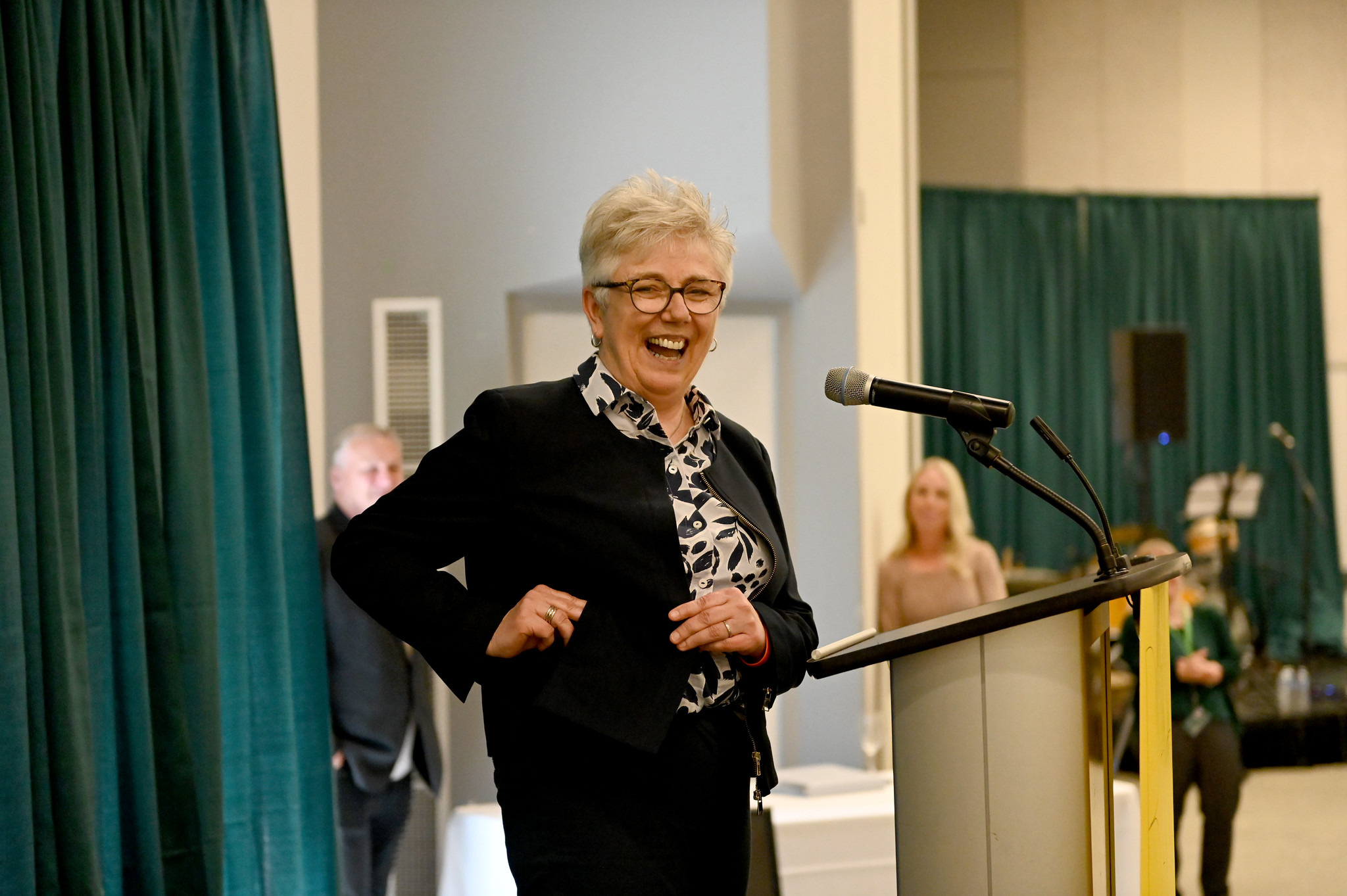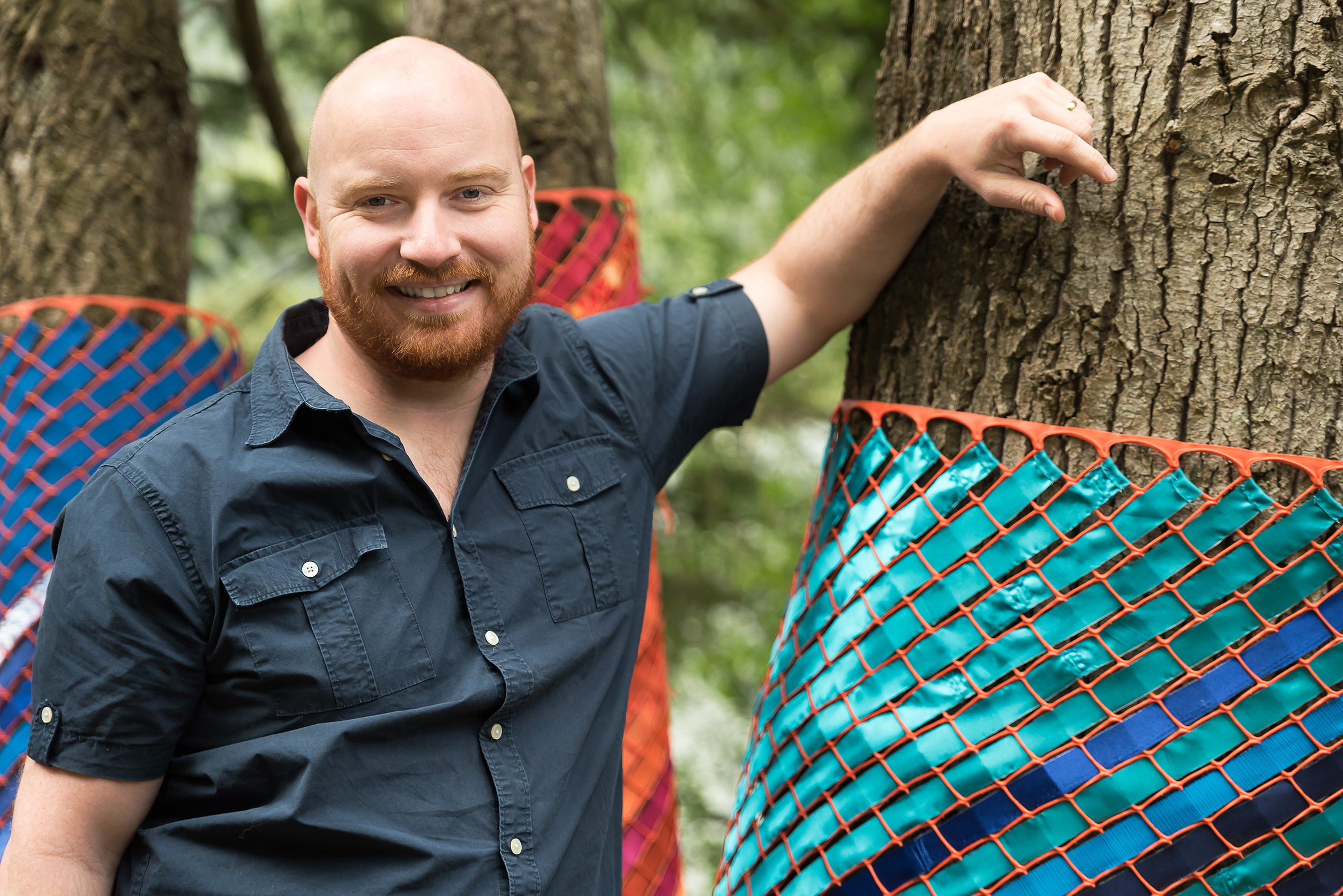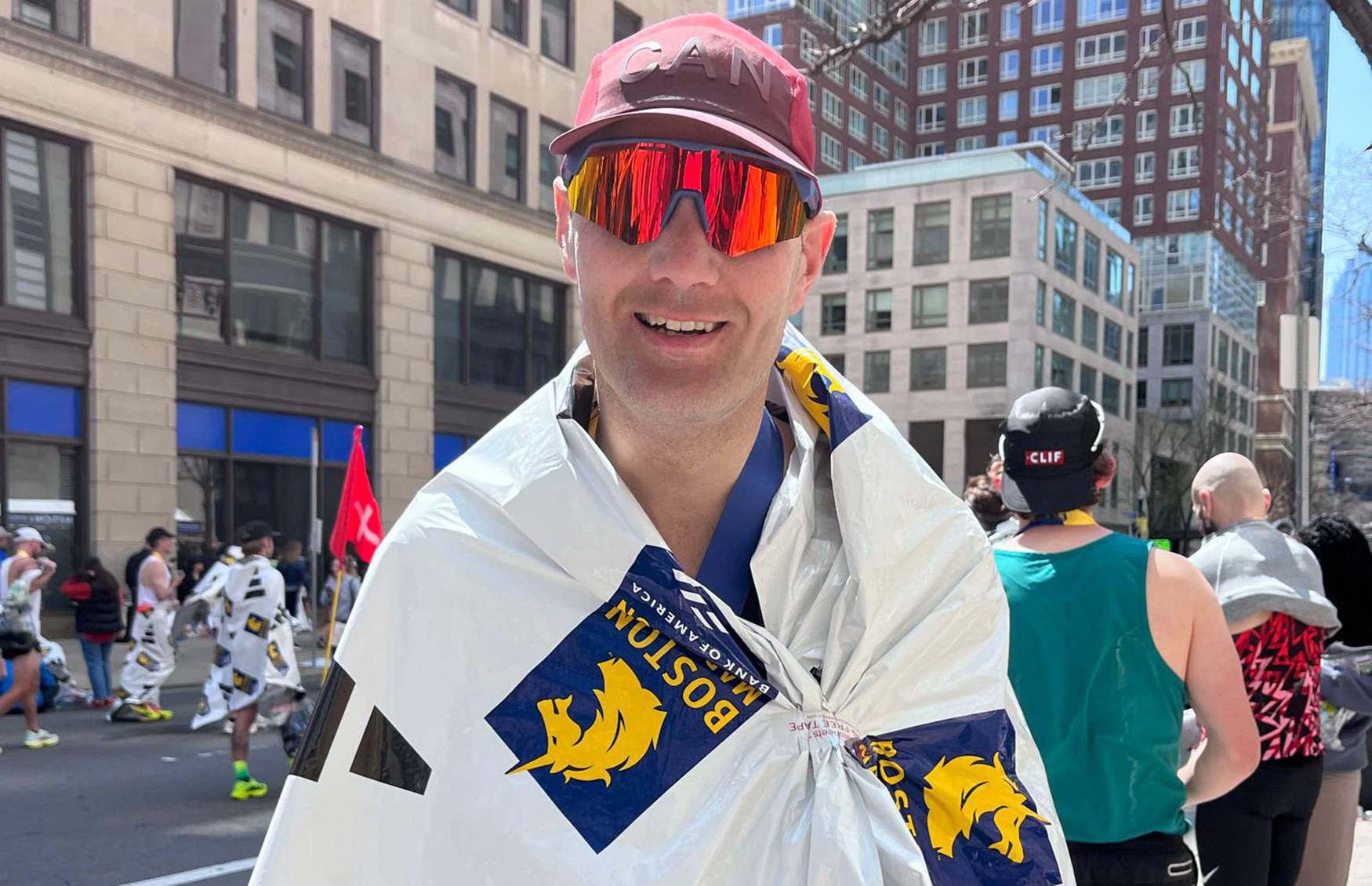Collaboratorium links student researchers with community partners
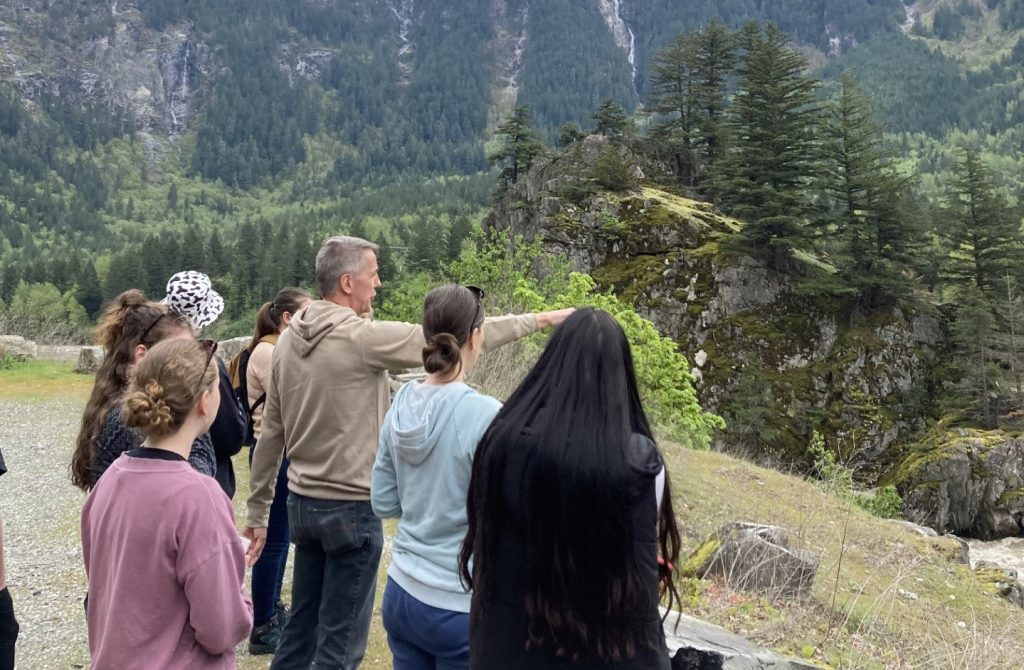
More than a dozen UFV students gained valuable experience this summer by participating in UFV’s second Collaboratorium project.
Run by UFV’s Peace and Reconciliation Centre under the guidance of Professor Keith Carlson, the Collaboratorium is designed to provide community organizations with sophisticated research services at a fraction of the cost that would be associated with a corporate consultant, while providing students with opportunities to deploy and enhance the research skills they have been developing in their classes.
The Collaboratorium bridges both the expectation and skills gap by providing training, intercultural awareness, and administrative and academic oversight, for passionate undergraduate students and community partners to conduct research that contributes to building a foundation for peace and reconciliation.
The Collaboratoriam will host an open house on Mon, September 25 from 3:30 to 5 pm on the UFV Abbotsford campus in Room B121. All are welcome.
2023 project summary
- Fraser Basin Council (FBC)
- Students: Brooke Higginbottom, Amanda LaBoucane
- Two students worked with the Fraser Basin Council on Realizing UNDRIP, an initiative that educates and inspires non-Indigenous people working in government and in the private and not-for-profit sectors to work together in a good way with Indigenous peoples, organizations, and communities. The students worked to identify commonalities and best practices through an analysis of success stories between Indigenous and non-Indigenous peoples, communities, and organizations. The students then researched, analyzed, and compiled a list of potential success stories for the Realizing UNDRIP story hub. The research was presented in a final report which identified keys to success, best practices, and next steps for the Fraser Basin Council.
- Seabird Island First Nation
- Students: Aliyah Friesen, Chloe Belanger, Zach Mattie, Gurpreet Saini
- For this project, students with teacher education or experience worked under the supervision of Keith Carlson and with mentorship from Seabird Island educators and knowledge keepers to create curriculum resources (lesson plans, teachers guides, and learning tools) to be used by teachers in the Seabird Island schools (and within schools in the Fraser Cascade School District). The students also reviewed dozens of video vignettes of oral interviews with Elders created by Keith Carlson and Alessandro Tarsia wto integratethe content into sthe ubject and curriculum.
- Matsqui First Nation
- Students: Tyece Broad, Jakob Petersen
- Students pulled together and processed materials into a user-friendly database that is searchable and accessible to the Matsqui leadership and community. Many of these materials are in the technical reports that Keith Carlson has written for Matsqui First Nation. Other materials came from various forms of data, maps, archival information, and historical information. The students digitized materials and all materials will be indexed and cataloged. The content in this database will also be used to inform a community history book that is being written by Carlson in partnership with Matsqui First Nation.
- Alongside Research and Consulting:
- Student: Han Wood
- Alongside Research and Consulting has developed a course that aims to support the revitalization of cultural identity among Stó:lō youth through teaching and learning about respectful land and resource use, land stewardship, and governance. For this project, Han assisted in the delivery and implementation of this course by serving as an assistant to the Alongside Research and Consulting team as they set up and delivered each of the course components. Han was involved in everything from providing transportation to Elders to helping supervise Stó:lō youth. Han also took photos and videos of the activities that the students participated in.
- Hope & District Arts Council:
- Student: Brooke Higginbottom
- The purpose of this project was to create an Arts and Culture Map for the Hope and District Arts Council (HDAC) to highlight what the local region has to offer in terms of arts, culture, nature, and history. For this project, Brooke undertook and cultural inventory/mapping of the arts and cultural assets in the community/district. Brooke then created a map that will be available both digitally and physically, and once complete will be offered alongside Hope’s other tourist navigation items. Along with the map, HDAC wanted to make an online profile that will list local artists and businesses (specifically those without an in-person location) on an easy-to-navigate website. Through these two inventories, residents, tourists, local organizations, and planners will be able to better understand what can be found within Hope and its surrounding district.
- CEDAR:
- Student: Patti Neufeld
- CEDAR Outreach Society is a non-profit organization in Abbotsford, BC that serves the local unsheltered community in practical ways. The purpose of this project was to pitch an outreach model to CEDAR, based on existing evidence, that highlights best practices that the CEDAR team can adopt. As CEDAR develops its model of operation, an analysis of models is needed to determine which is the best fit for Abbotsford. By drawing on the best practices of other municipalities that have successfully triaged clients between law enforcement and outreach, CEDAR can utilize this research to refine their procedures to be more effective, efficient, and ethical.
- Stó꞉lō Land Reduction Exercise
- Student: Patti Neufeld
- This project draws inspiration from the Kairos Blanket Exercise.The purpose of this research is to prepare a Stó꞉lō version of the activity. The premise remains the same: “The goal is to build understanding about our shared history as Indigenous and non-Indigenous peoples in Canada by walking through pre-contact, treaty-making, colonization ,and resistance” (kairoscanada.org). But instead of participants playing the role of Inuit and Métis peoples in the exercise, they will become either a government official, miner/settler ,or Stó꞉lō person, as they step onto blankets that represent the land. The purpose of the project was to gather enough information about Stó꞉lō history to write a script for the activity that will be used as a teaching tool in the community.
- Smallpox Project:
- Student: Missy Casswell
- This project explored the history of smallpox epidemics and their impact on the Indigenous communities of the Pacific Northwest. Beginning in 1782, and continuing until the early twentieth century, each wave of smallpox impacted the region’s Indigenous populations in different ways having catastrophic impacts. The student working on this project reviewed Indian Agent letterbooks and recording content related to residential school conditions, abuses, death, illness, and vaccinations. The student also contacted targeted museums and archives that may have reminiscences and diaries related to epidemics.
- Indian Agent Letterbooks as Evidence:
- Students: Kate Simpson, Han Wood
- In partnership with the Stó:lō Research and Resource Management Centre, the goal of this project was to review Indian Agent letterbooks from the Lytton and New Westminister Agencies, transcribe material relevant to the key topics, and the create a separate index for each letterbook. When the discovery of the 215 unmarked graves at Tk’emlúps te Secwe̓pemc (Kamloops Indian Residential School) was made in 2021, this project was initiated to assist the Stó:lō communities with investigations into the history of children who did not return home from residential schools. The students working on this project also recorded information about illnesses, to learn more about how they impacted Indigenous communities and children attending residential schools.
- Settler Colonialism and Indigenous Education:
- Student: Benjamin Morrison
- Prof. Keith Carlson is developing an educational resource that focuses on settler colonialism and Indigenous education, as it pertains to the Stó:lō First Nation. The main focus of this project was to expand the research and contribute to building a foundation for an educational resource focusing on settler colonialism and how the Stó:lō people experienced various forms of colonialism throughout the contact era. This project involved transcribing presentations given by Keith Carlson on settler colonialism, its impact on the Stó:lō peoples, and its legacy today. This project also involved locating and reviewing published works by historians and educators who specialize in Indigenous education and history.
“I conceived the idea for the Collaboratorium when I saw that there were many students from the College of Arts who were developing critical research skills and experience but not being provided the opportunity to apply them. Likewise, there were community organizations who had research questions but did not necessarily have the time or capacity to design a project and oversee a student to complete it. The Collaboratorium brings these needs together in a way that is nurtured and supported by faculty and university staff.” — Dr. Keith Carlson


